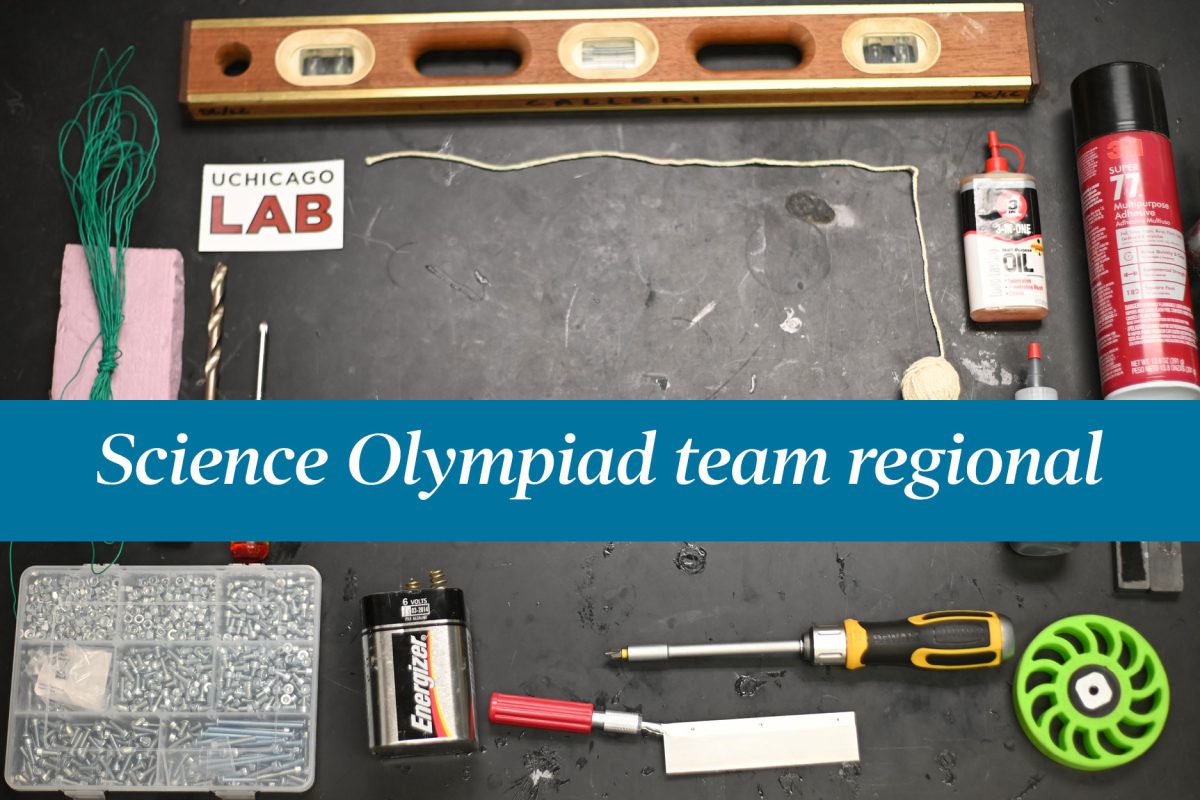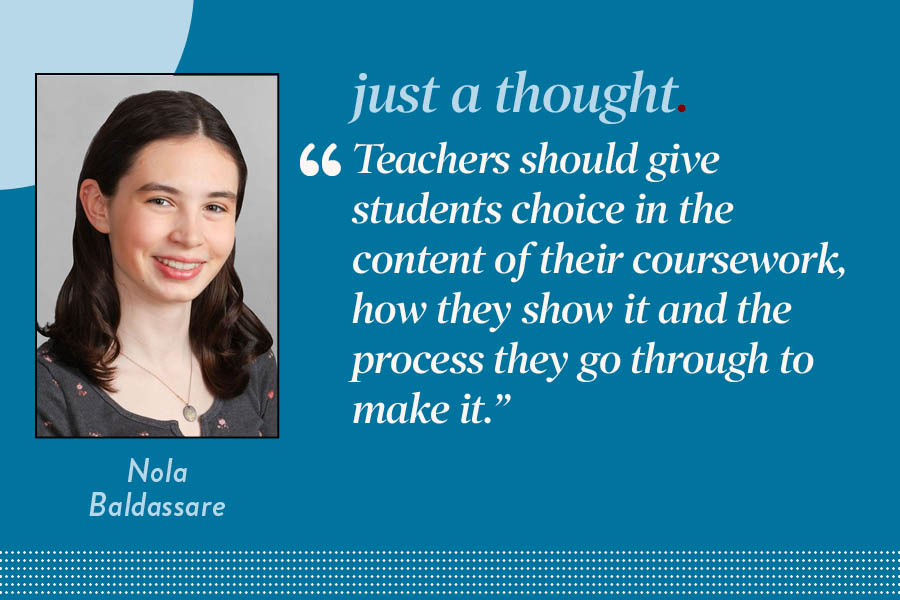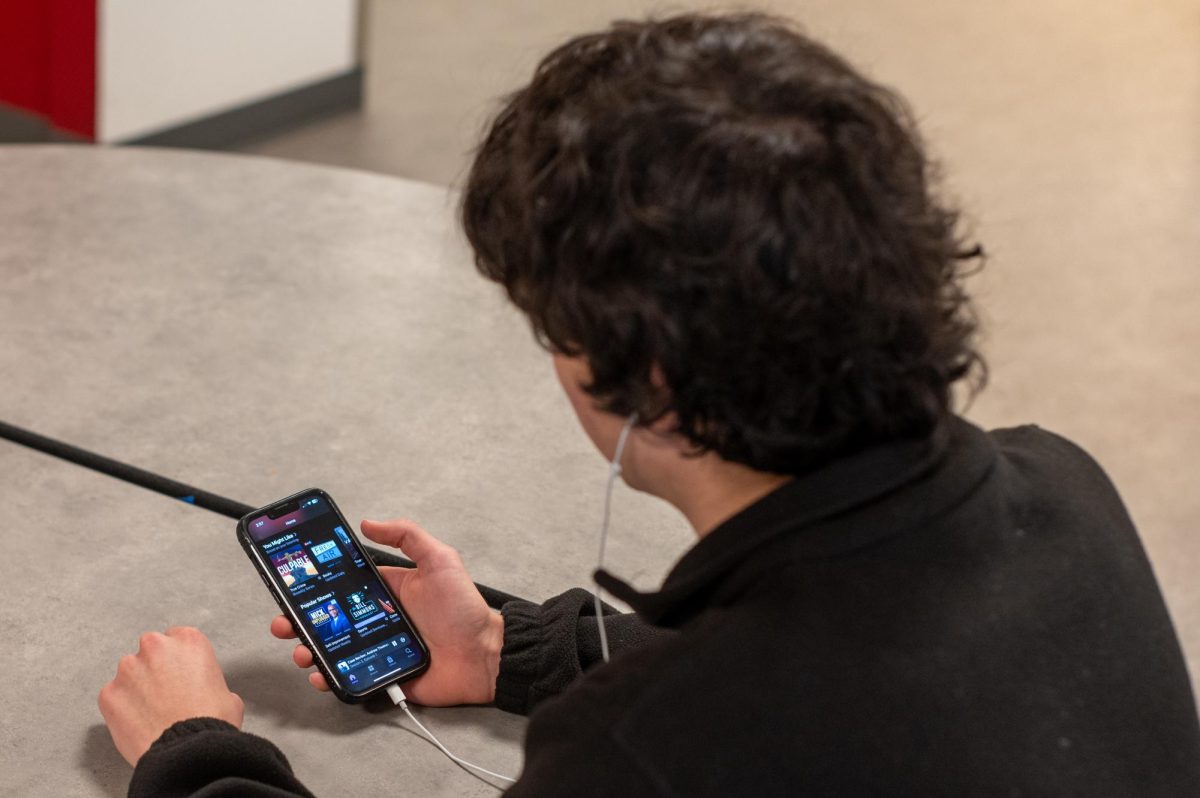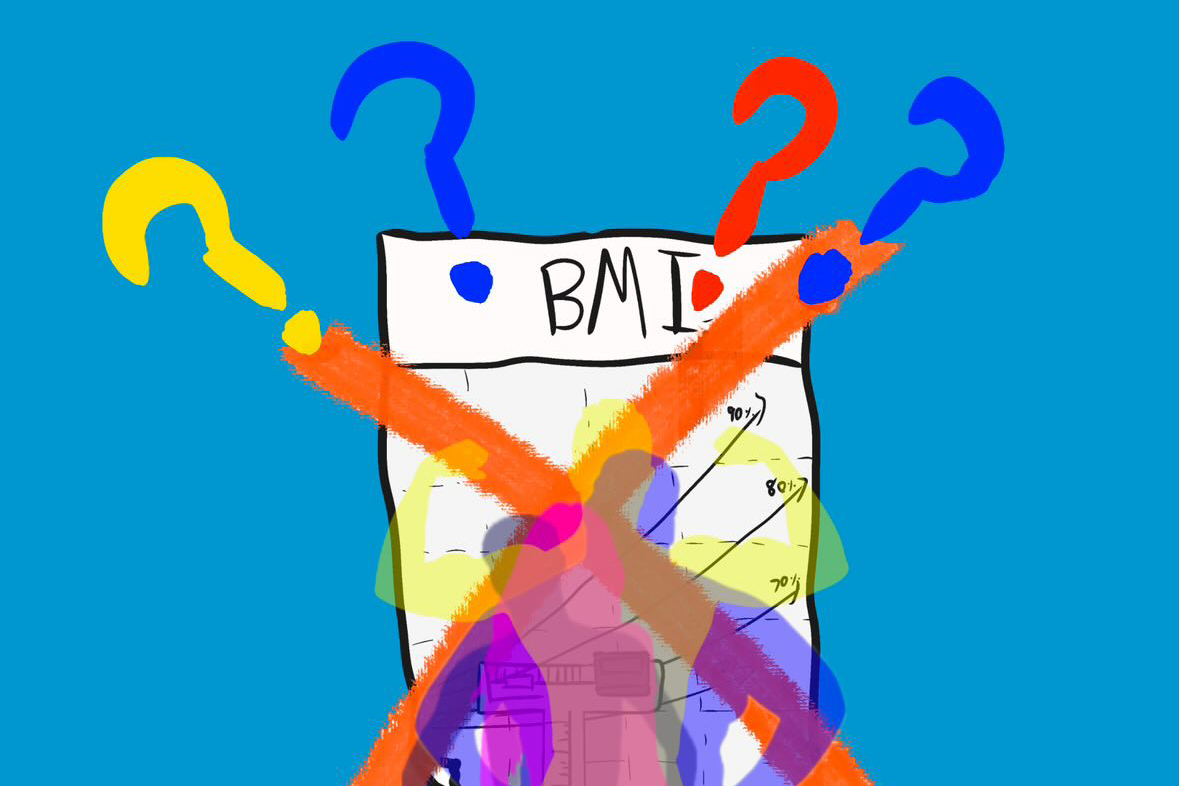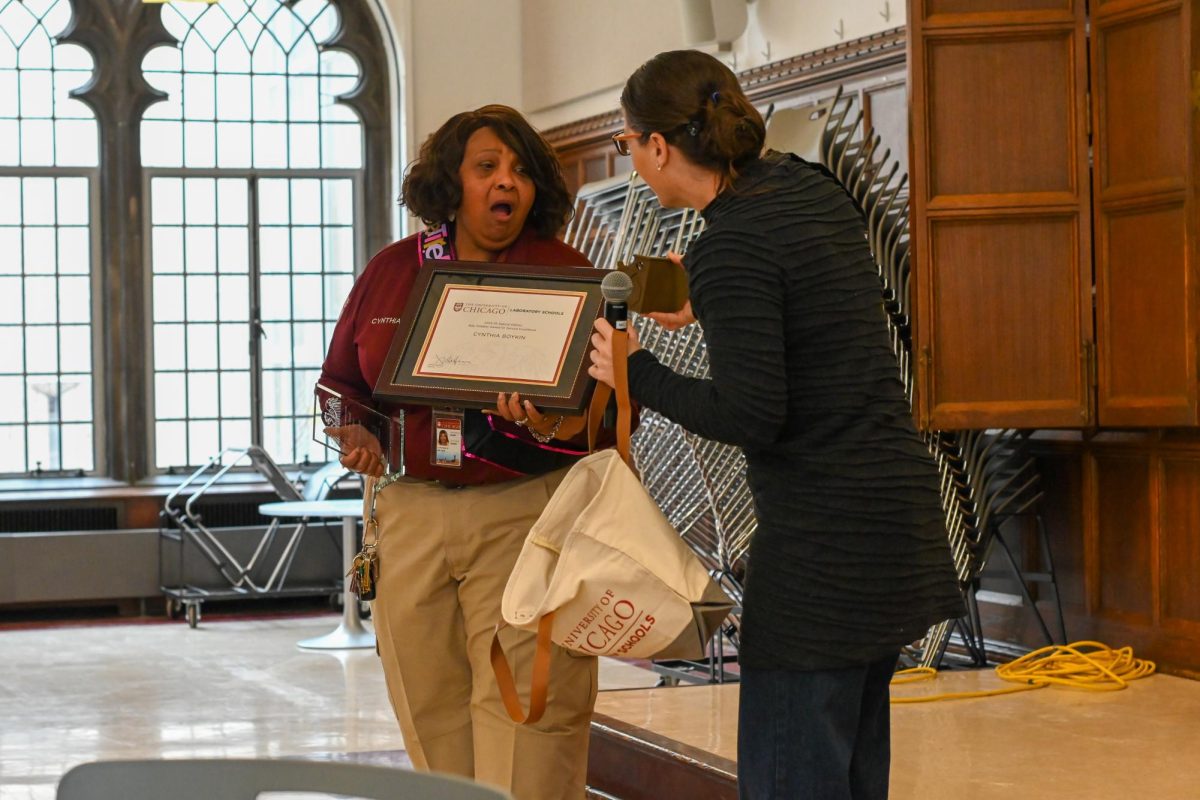Many of us assume we know about our ancestry, but do we really know what it looks like through a scientific lense? Our DNA, the essential polymer packed with our genetic information, combined with new technological advancements, can provide much more information about the specifics of our ancestry. While this might seem impossible to obtain, this information can actually be uncovered from the comfort of our own homes — online DNA testing websites.
Ancestry.com is an easily accessible online DNA testing website that anyone can use when curious about their genetic background. In addition to quantifying your ethnicity, Ancestry lists where your DNA comes from, reveals your ancestors, finds your living relatives and more, bringing U-High students both comfort and surprises.
The process is simple: Order a testing kit through one of these websites, send in saliva samples and view results on your screen after they have been processed.
Junior Keira Harter went through this process around four years ago when her family was given a testing kit from her grandmother. Before taking the test, Keira knew that she was half Japanese, but she did not know much about her European ancestry.
“It was certainly interesting,” Keira said, “and I think that it was just kind of nice to be able to see and pinpoint exactly what regions I’m from.”
In addition to providing a breakdown of Keira’s European ancestry, the website pinpointed the colony her family came from when they moved to America.
Kiera said she already knew much of her ancestry, so taking this test did not completely change her perspective, but it was fascinating.
“I think it’s interesting,” Keira said, “especially if you are less clear about what your family history is, but if you’re more clear on it, it’s not going to illuminate a ton.”
However, every individual experience is different. Ninth grader Elizabeth Feigenbaum and her family used Ancestry around seven years ago. She knew she was half Ashkenazi Jewish but was unsure about the specifics of her mixed European ancestry. After taking the test, she was surprised when the results showed she was 30% Scottish.
“I feel like my understanding is more specific,” Elizabeth said, “and if someone asked me, I would be able to say around what I am, otherwise I would not really know.”
What shocked Elizabeth the most was when the website matched her DNA to her other living relatives, revealing that she had an uncle she did not know about.
“He lived in Chicago, so we went and met him,” Elizabeth said. “I met his baby, and that was really cool because we had no idea he existed.”
While websites like these can provide tons of intriguing information, some may find the amount of information it has about your DNA to be concerning.
Is it worth it? Elizabeth said it is.
“I didn’t really have any preconceived notions about it when I took it as a kid,” Elizabeth said, “but I think I would still take it. It helps you know where you came from, and about people in your life that you may not know about, and I think that’s a good thing.”
The website constantly updates information about your DNA as its technology advances, which is something that both Elizabeth and Keira like.
“It’s very user friendly,” Keira said. “It’s easy to periodically check in and see how your results have updated, so I still keep up with it even though it’s been about four to five years.”
Keira and Elizabeth classify this website as a good and informative experience, something that more people should use if they are curious.
“There is a lot you can do with it,” Elizabeth said. “I haven’t really played around much with it, but I know there’s a lot of things on the site you can do, so I would recommend.”
In addition to Ancestry, other online DNA testing websites like 23andme.com can provide similar information, but they may focus on different aspects of genetics, like health data.






